8 Types of Jam to Spread on Your Favorite Treats
Author: Anne Cowart | Editor: Omar Alonso
Review & Research: Jen Worst & Chris Miller

Jams are one of the most common breakfast items all over the world. These come in various textures, tastes, spreadability, and consistency. Whether you buy these off shelves or make them yourselves, all of the different types of jam can be the perfect dips or spread to your snacks.
8 Types of Jam
Whether you like sweet, salty, spicy, or tangy, there is a version of jam for everyone. This article discusses the different types of jams and how they can be paired for the ideal snack.
These are known to be tasty and are available in mostly all stores. So, let's binge on and know about the varieties of jams you can enjoy.
Compotes
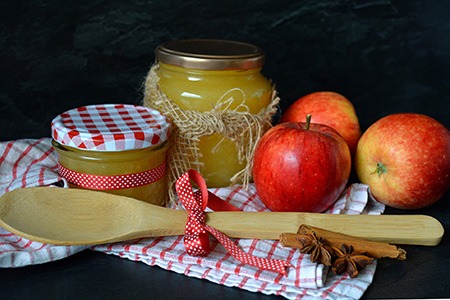
Compotes are sauce-like fruit spreads that can easily be made in under 15 minutes or less, depending on which type you are going for. This recipe is highly forgiving as you can switch any ingredient up for what you like to suit according to your preference.
These have a gritty, runny, syrup-like consistency with whole or smashed-up fruits. It isn't easy to spread it across evenly because of its texture and consistency. Compote can be made of almost anything, whether fruits or berries, according to your taste.
While these kinds of jam are rather easy to make, they are not the best in terms of storage or longevity as they don't last too well past 2 weeks. It's best if you have any types of fruit trees growing at home so you can make and use these jam types before they go bad.
However, the sugar content on these is relatively low and ideal for anyone on a diet. Except for the preservative issues, this is a fun spread for anyone who enjoys fruits and berries.
To switch things up, you can add liquor of your choice instead of water and cook it over a low flame on the stovetop. While the alcohol will evaporate over the flame, the taste of it will be well-infused with the berries and other spices.
However, leaving adequate liquid in the compote jam varieties is important as it gets thicker over time and becomes firm. These kinds of jam take time to take on the consistency you're looking for, so be patient.
Chutneys
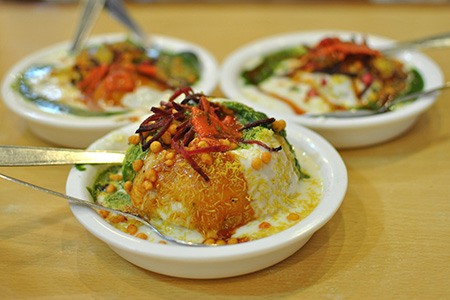
Native to Asian countries like India, Pakistan, and Nepal, chutneys can be either sweet or savory, depending on what you pair them with. Vegetables, fruits, berries, and even spicy chilies could be used to make variations of chutneys.
Moreover, chutneys types of jam vary quite a bit depending on the species being used and their amount. These can be highly flavorful due to the herbs that are also used along with fruits that make these chutneys chili-sweet.
Often vinegar is used as a liquoring flavor for chutneys. It might sound terrifying, but vinegar leaves a sharp, acidic taste that gives chutney the hit of acidity needed. The tartness from the vinegar, along with the obvious types of spices for chutney, goes very well and makes it the perfect dip for any snack.
It is recommended to refrigerate your chutney and store it for 2 months. However, it can last as long as 4-6 months at a stretch when stored under proper conditions. Usually served at room temperature, it can also be mixed with barbeque sauce to give it an intense sharp flavor.
Fruit Spreads
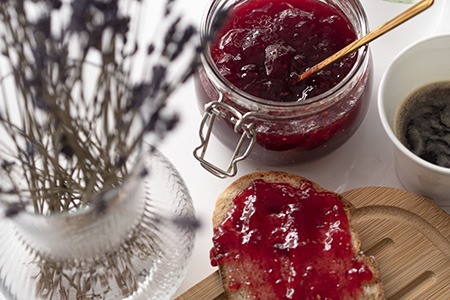
As the name suggests, it is based on fruits of different kinds. Whether sweet, tangy, or sour, these spreads are known to be the perfect dip for summer. Similar to the compote, these come in varying textures with fruit bits.
The sweetness comes from the fruit and the diluted sugar water in which it is simmered. The recipe is rather simple and can be altered according to your taste. Chopped-up fruits, spices, sugar, water, and your choice of liquor need to simmer down in a pot until it reaches your preferred consistency.
Fruit spread kinds of jam can be paired with anything based on your choice of taste. It can be used as spreads on any types of tortillas and pieces of bread or thickened up to be used as a dip for crackers and biscuits. It is considered a low-calorie fruit spread as most of the sweetness comes from the fruits.
However, these jam types don't do well in terms of preservation. Once opened, it must be refrigerated to keep it from going bad. Fruit spreads can also be used to cook or bake to give off a fruity scent and a fresh citrusy taste.
Curds
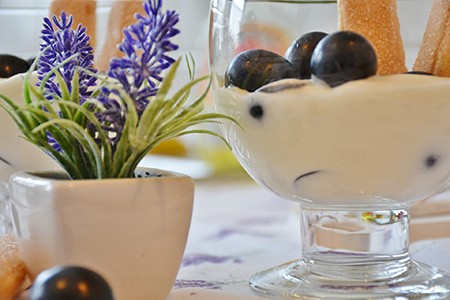
These varieties of jam are among the healthier options in terms of spreads or jams. Natural curds are known to have zero sugar content and taste exceptionally good, with a salty and tangy aftertaste to them.
Making curd is easy and has one base recipe that can be altered to suit your taste. Milk needs to be simmered down until it becomes thick and half the amount beginning with.
Once simmering, you can add your choice of spice and adjust it according to your preference. To make the milk curdle, add white vinegar or lemon juice and allow it to set for hours.
You can use everything left behind from this process. Curds can also be used as a dip for crackers and toasts and spread as a healthier alternative to mayonnaise.
Marmalades
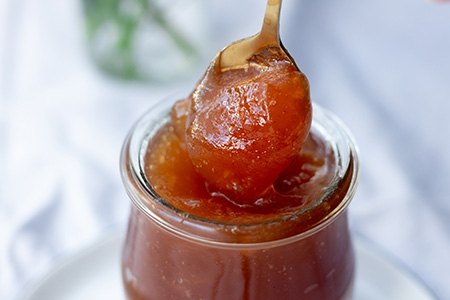
There is an endless variation of marmalade types of jam to pick from. It is a fruit preserve that can be made from any fruit and its juice. These sweet condiments are widely used with varying sweetness levels based on your preference. However, these are fruit-based and considered relatively tastier than other types of jams.
Of all the other jam variations, these are known to be the ones that last longest after being opened for up to 3 months under the right circumstances, and one year if unopened and stored properly.
Marmalades pair perfectly with baked items such as bagels, croissants, scones, bread, and biscuits. It can be used as a dip or a spread, depending on how you like it. Sometimes, it can also be used as a glaze over savory items like meats and vegetables.
Marmalades are different from other jams and jellies because these are meant to carry slices of circus distributed throughout evenly. Making this also requires you to use the juice from the fruit as the liquor base.
Even though you need diluted sugar water to simmer it down, the juice of these jam varieties plays an important role in amplifying the fruity and juicy taste.
Basic Fruit Jams
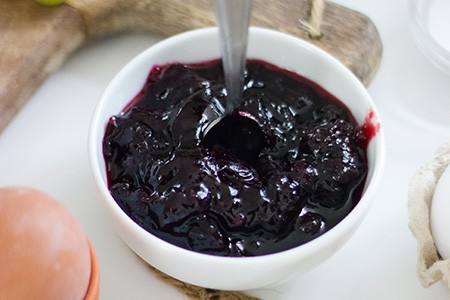
Of all the different kinds of jam, the most common type of spread for breakfast, fruit jams, is said to be the perfect mate for toasted pieces of bread.
Fruit jams of the best quality have a shelf life of about 3 months after being opened and must be refrigerated. There is not enough moisture in them to breed bacteria, and they are too acidic. Therefore, it does not necessarily require refrigeration. However, you can always pop them in to ensure longevity and taste.
These jams have a higher pectin content which thickens the jam over time, more so when refrigerated. However, if the fruit lacks pectins, and you don't add in extra, it will result in a rather liquidy and runny texture.
Apart from ideally paired with toasts, these kinds of jam can also be used in baking or cooking, whether sweet or savory or even added to drinks to give them a fruity punch.
As a refresher, fruit jams are the perfect addition to crackers, creamy desserts, french toast, and cocktails. You can add certain spices such as cardamom, nutmeg, ginger, and vanilla to your jam to give it a different and elevated taste.
Jelly
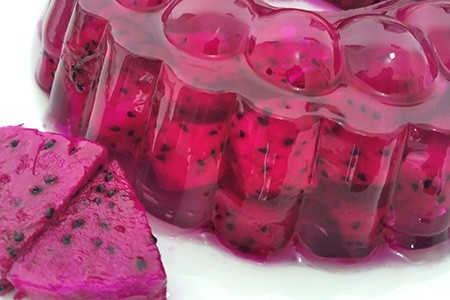
I realize the British think of jelly as being similar to the product Jell-O. And in the USA, jelly does have a similar consistency and texture, making it hard to spread once you pull it out of the jar. I actually try to chop it into as many small pieces as possible to help it spread.
Jelly doesn't contain the flesh of a fruit like types of jam do in general, but is made entirely from fruit juice and then other ingredients to thicken it up (but not quite as much as Jell-O). The classic sandwich using it is peanut butter and jelly, but it goes well on biscuits, rolls, any types of donuts or types of bagels, etc.
Conserves
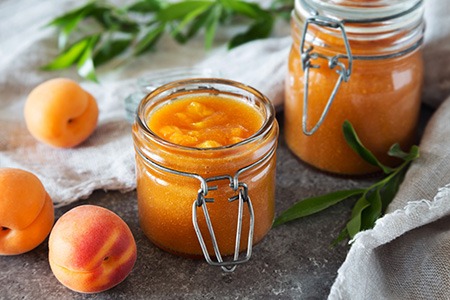
Conserves are types of preserves that are made out of many different types of fruits all at once, and even some nuts and raisins. It's kind of an old-school "use whatever we have" kind of food to make. Though there are conserves made out of recipes designed to taste good, in the past (like the Wild West era) you'd use whatever you had, like a potluck, and hope for the best.
So don't be surprised to find conserve types of jams with fruits, berries, spices, and sugar mixed in, stirred and cooked. All you do is chop everything finely and then place it over medium heat for a while while stirring until you get the consistency you want from your jam types.
Types of Jam to Enhance Your Meals
The varieties of jam and jellies are endless, and each tastes very different and unique in several ways. No matter how you like your jam, there is something for everyone, whether you like it liquidy and runny or thick and gloopy.
So, after going through this article, you should now have a clear understanding of the different types of jam available and the foods they are compatible with.




